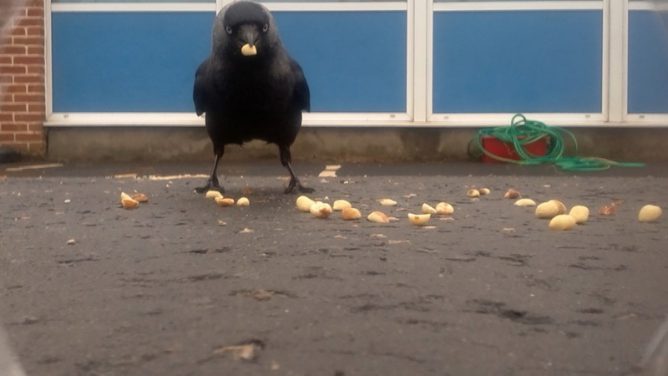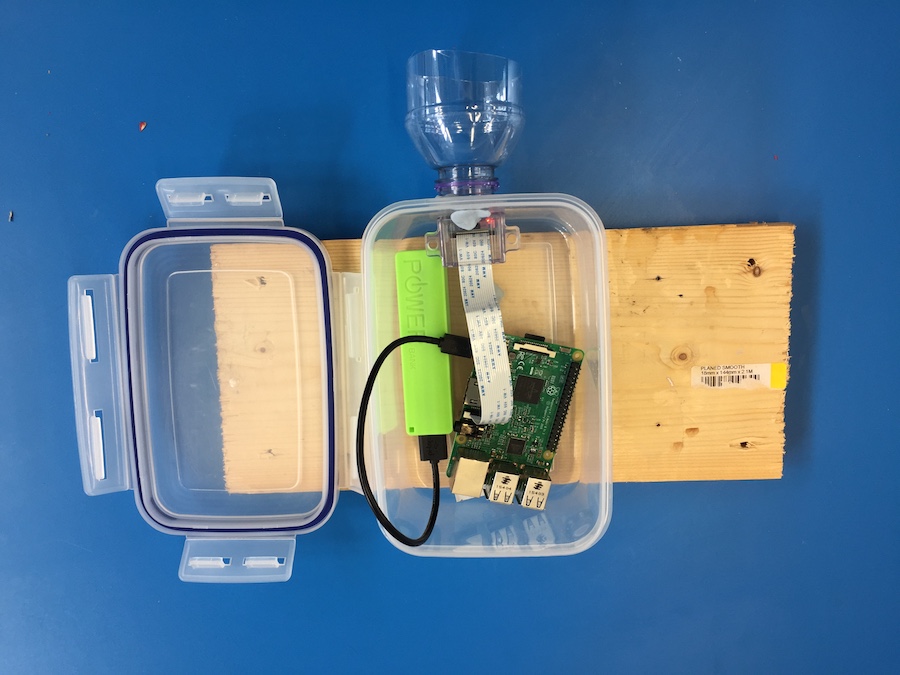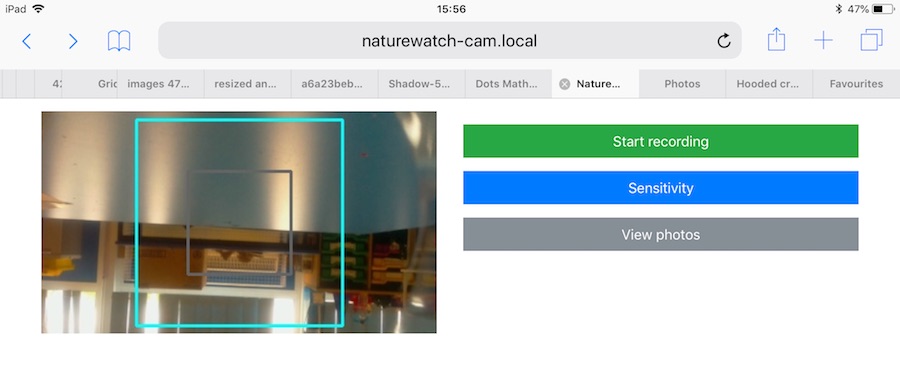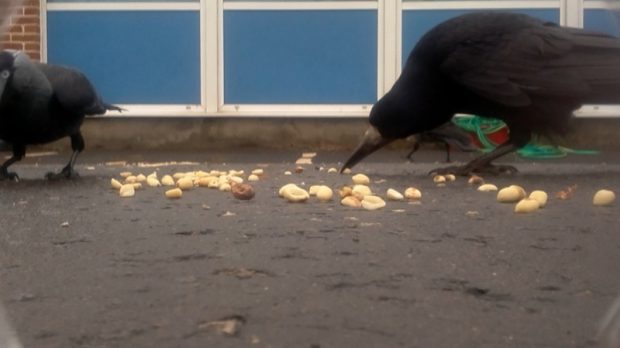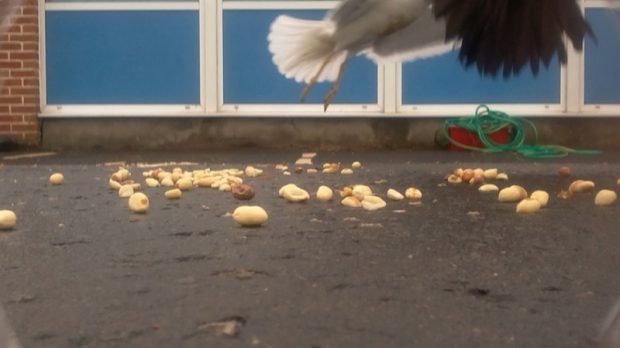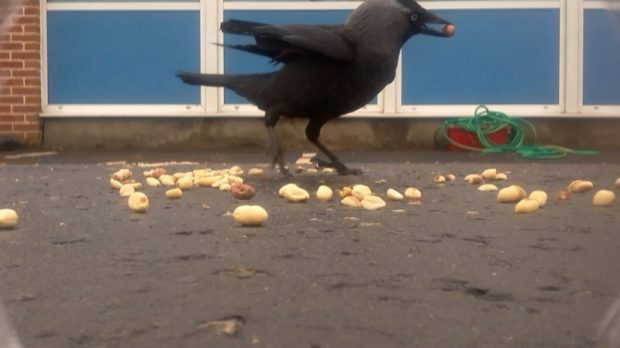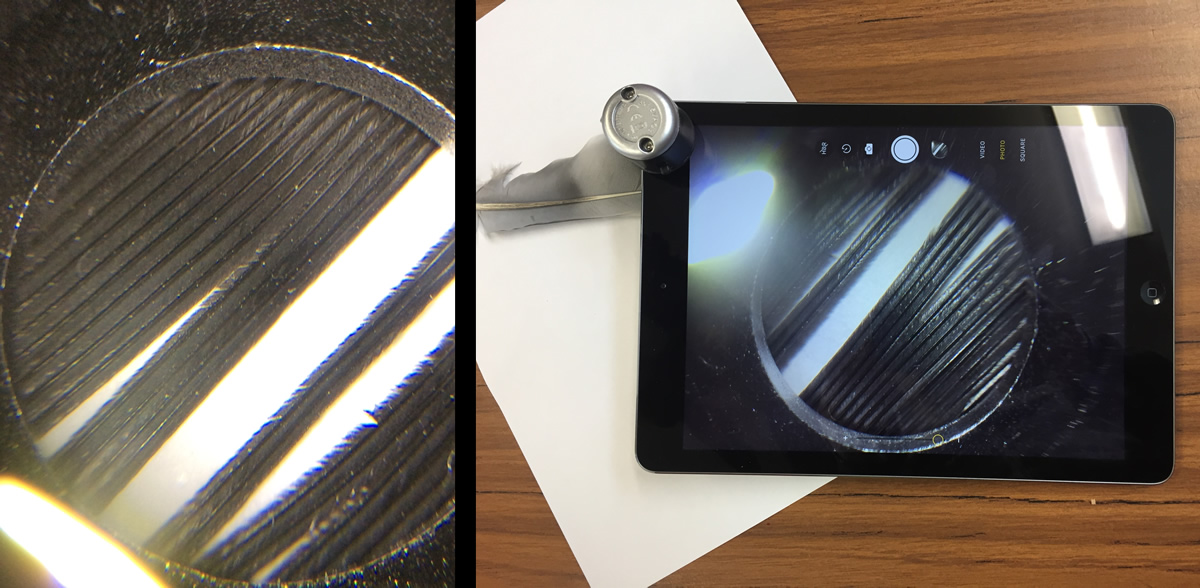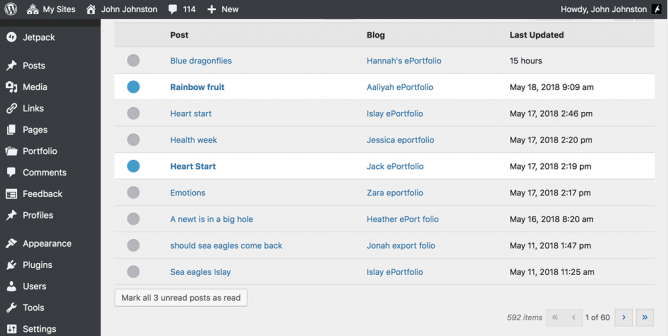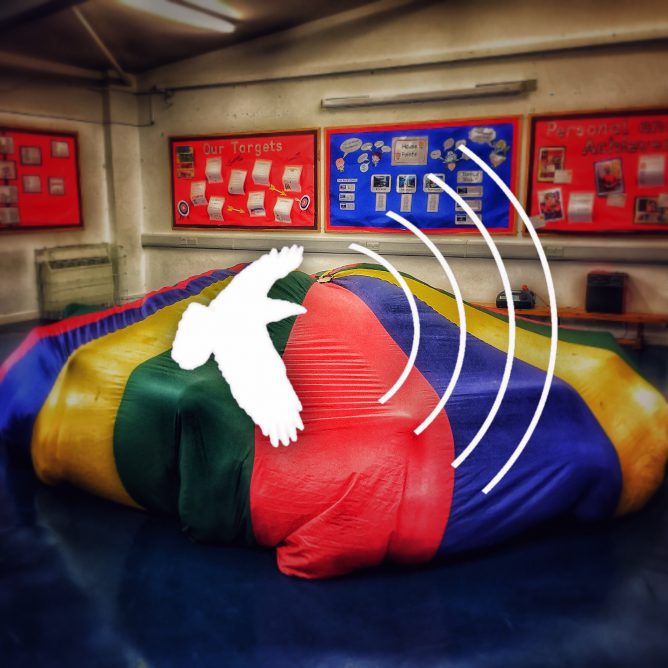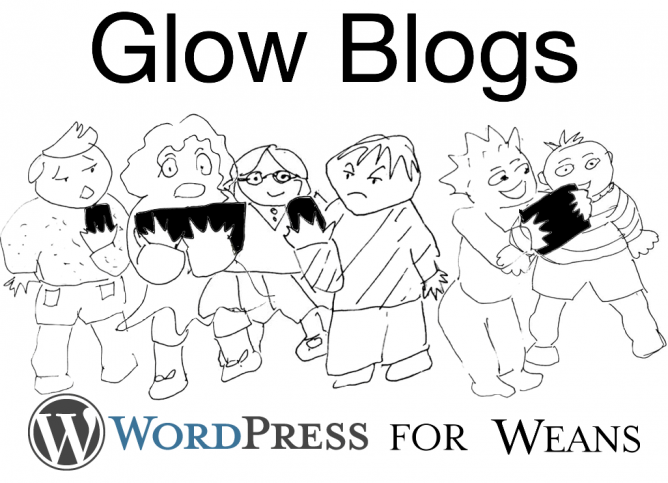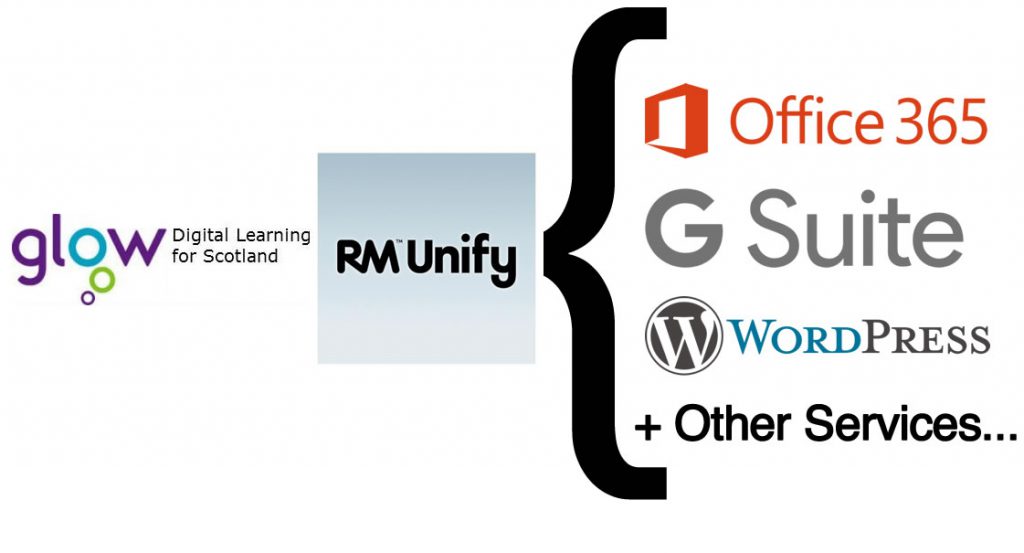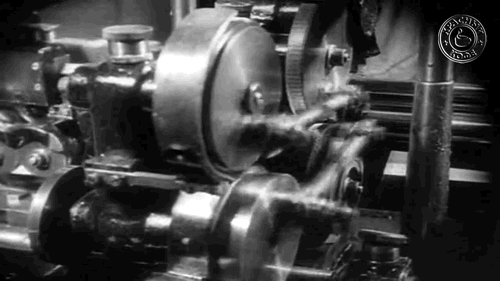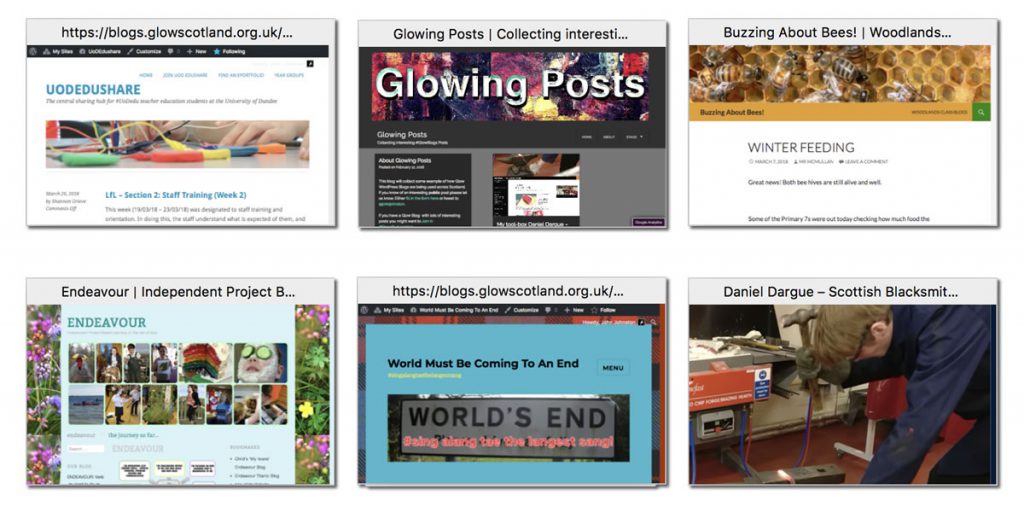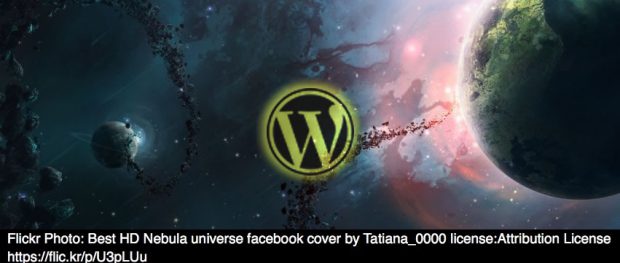Here are some of the things I’ve tagged classroom over the summer holidays.
- A garden alive with art: all-natural insect sculptures – in pictures I think my class might like this as it combines outdoors, insects and art. I suspect it is trickier than it looks to get these sorts of results.
Inspired by the art of ikebana – a traditional style of Japanese flower arranging – Montreal-based artist Raku Inoue hand-crafts bugs using materials from his garden. He transforms his garden waste, including sticks, seeds and petals, to create his Natura Insects series. “I think about the main shape of the insect,” he says, “and try to find something to satisfy that. It’s very much like a puzzle.” As the year progresses, his creative options change. “I choose the materials according to what nature offers during that time. All four seasons offer many different materials to play with.” The series started as a morning routine over coffee to sharpen his thoughts for the day. “It was never meant to be a complex process, but rather an easygoing, morning mind-stretching exercise.”
- Problem Solving: Grade 4 Mathematics There looks like there is a lot of resources on this site.
- Control Alt Achieve: Random Writing Prompt Generator with Google Sheets
To prove this I have used Google Sheets to create a “Random Writing Prompt Generator” that randomly pulls from a list of about 2,000 adjectives and 1,000 nouns to create over 2 million unique prompts. See below to get your own copy of the Sheet, learn how it works, and get more ideas on how to help your students write poems, stories, or other creations.
- Create & Innovate with Keynote Pile of resources for keynote in classroom, links, embeded videos and some templates. (All About Me, Choose Your Own Adventure, Coding with Keynote, Eclipse Animations, Green Screen, Holograms, Illuminated Text (Poetry in Motion), Infographics, Invisible Buttons, Learning Journals, Prototype, Quiz Shows, Selfie Bingo & Shape Stories. )
- The Literacy Calendar 2018-19 – Literacy with Miss P The following table provides a map of the academic year with a range of key calendar events. It includes national days or weeks and a whole host of school competitions and events. I’ve also added some key children’s literature award dates as it’s always good to keep an eye out for new and exciting quality texts.
- ADE Worldwide Institute 2018: 5 Star Points From The Lone Star State. | Next Generation Learning; Today… As far as Pages is concerned, it too has brilliant functionality with the Apple Pencil, effectively becoming a powerful sketching tool as well. The workflow means you can easily create interactive EPUB books that can be viewed in iBooks. When starting a document, scroll down to find the Books template. Once selected, you can add text, photos, image galleries, videos, shapes, tables, charts and your own drawings to your document. On iOS you can also record audio directly to your document. This effectively means we will no longer need to spend £5 on purchasing the Book Creator App.
- Lesson Plans – The Art of Ed
- Bio Poem template PDF. I’ve used and amended this many times, unfortunately I’ll not be able to this year as for some of my pupils this is the third year in my class!
A Bio Poem is all about you. It is a way for you to introduce yourself to others. Take some time to think about yourself – your thoughts, feelings, and beliefs. Then, use the template and example below to write your own Bio Poem.
- Mr. Fahey’s Tech: UPDATED!!! 13 Ways to Enhance Math Lessons with Flipgrid
Featured image: my own, I spent a fair bit of the summer trying to get close to butterflies.


